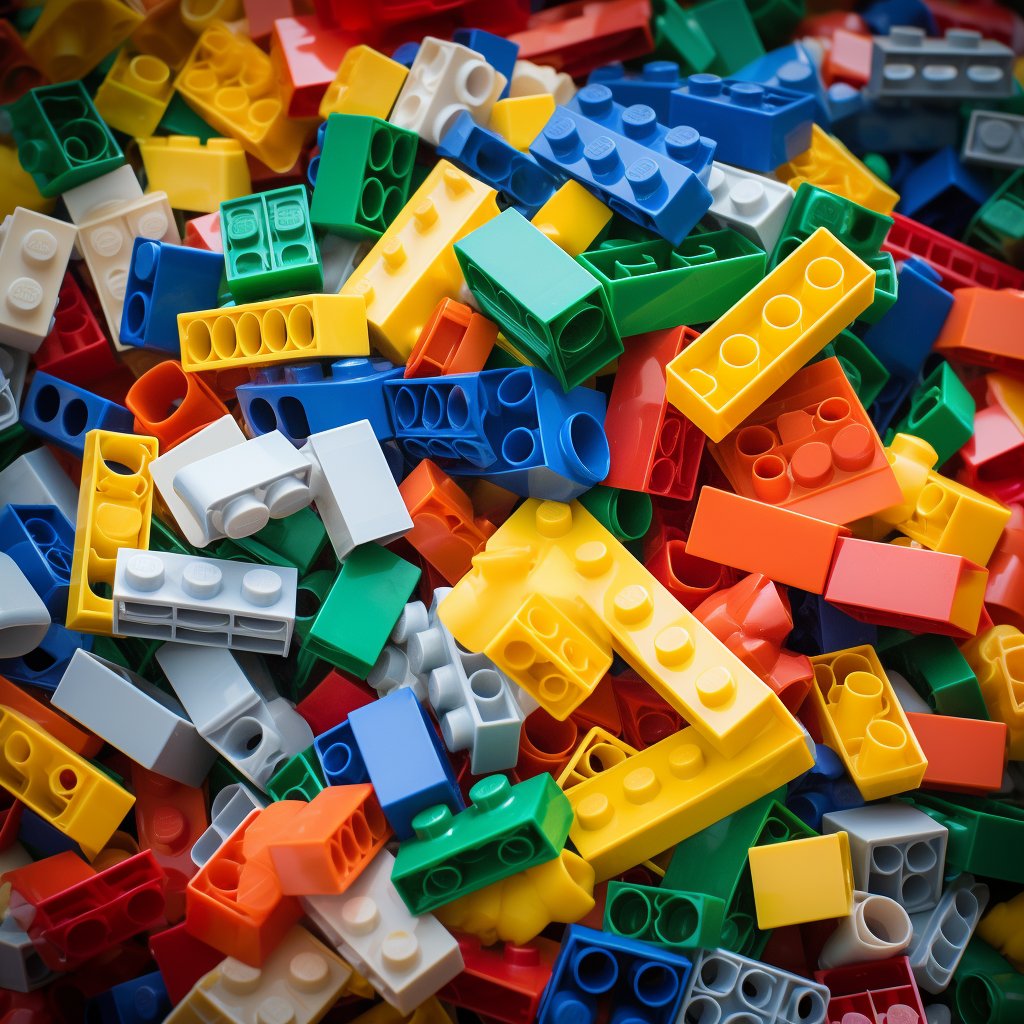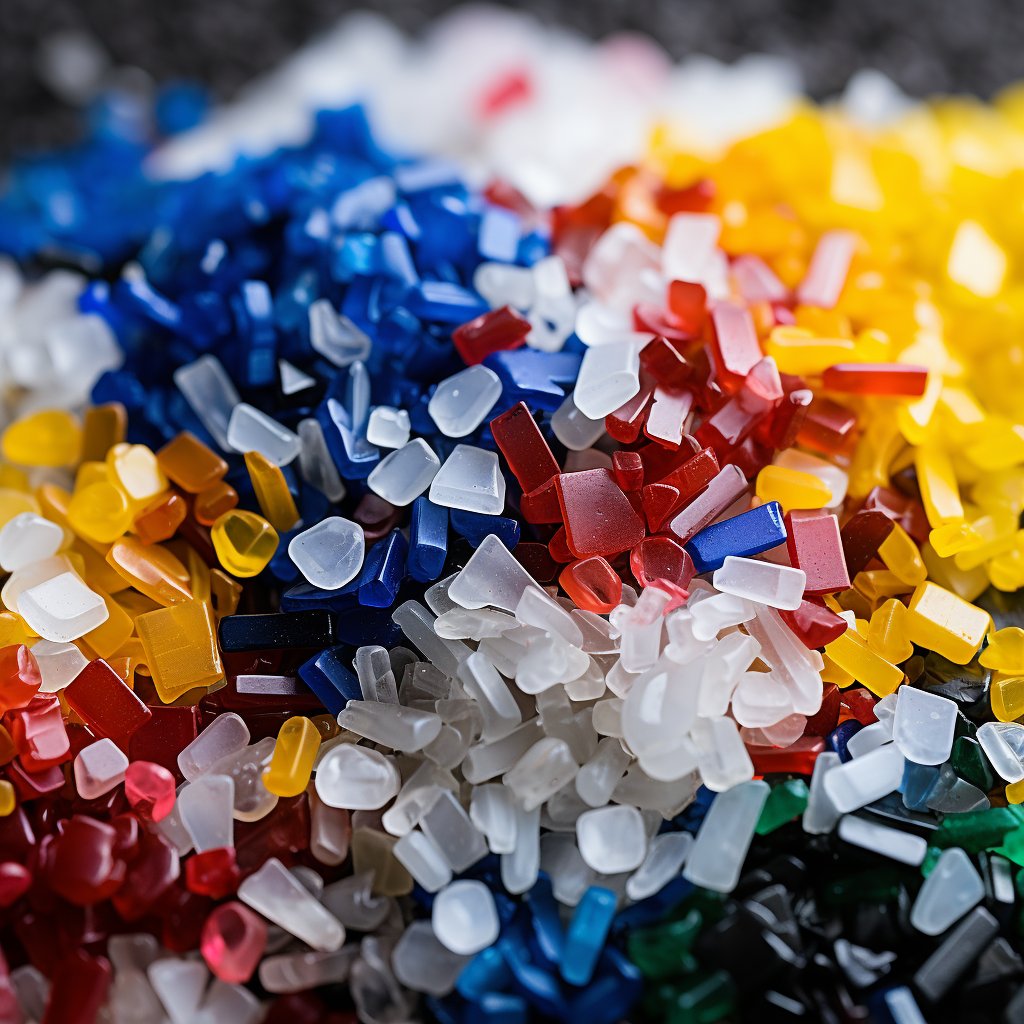Styrene is a colourless liquid that belongs to the group of aromatic hydrocarbons. It is an essential component of several commercial products used in the plastics and composite industry.
Styrene was first discovered in 1839 by German chemist Eduard Simon. However, it wasn’t until the early 20th century that the commercial potential of Styrene was realized. In 1929, American chemist Walter Baekeland developed the first synthetic plastic, Bakelite, which was made from Styrene and formaldehyde. This discovery opened the door for the production of numerous synthetic plastics, and Styrene became a critical component in the manufacture of several consumer products.
Styrene is a widely used thermoplastic material that is known for its low viscosity, excellent processability, and electrical and thermal insulation properties. However, like many plastics, the disposal of Styrene-based products can contribute to environmental pollution, and their recycling presents significant challenges.

Definition and Properties:
Styrene, also known as vinyl benzene, is an organic compound with the chemical formula C8H8. It is a colourless, oily liquid with a distinctive sweet smell. Styrene is a highly flammable liquid that evaporates quickly and is slightly soluble in water. It is primarily derived from petroleum and is a critical raw material for the production of a wide range of commercial products.
Styrene has several material properties, making it an attractive component for many industrial applications. Its low viscosity, high reactivity, and excellent processability make it a useful ingredient in the manufacture of polymers and composite materials. Additionally, its excellent electrical and thermal insulation properties make it an attractive choice for the production of electronic and electrical products.
Industrial Usage:
Styrene is widely used in the production of a wide range of commercial products, including polystyrene, resins, and composite materials. Polystyrene, which is made by polymerising Styrene, is a versatile plastic that is commonly used in food packaging, insulation, and disposable tableware. Styrene-based resins, such as unsaturated polyester resins, are used in the production of fibreglass-reinforced plastic (FRP) products, including boats, automobile parts, and bathroom fixtures.

Application Areas:
Styrene is used in a wide range of industries, including the automotive, construction, electrical and electronics, and packaging industries. In the automotive industry, Styrene-based composite materials are used to reduce the weight of vehicles, thereby improving fuel efficiency. In the construction industry, Styrene is used to produce insulation materials and plastic components for buildings. In the electrical and electronics industry, Styrene is used to produce various components, including computer housings, televisions, and refrigerators. In the packaging industry, Styrene is used to produce foam-based products, including food packaging and cushioning materials.
Consumer Product Examples:
Styrene is used in several consumer products, including disposable tableware, food packaging, insulation, and toys. Polystyrene foam is commonly used in packaging materials for electronic goods, such as televisions and computers. It is also used in the production of single-use products, including cups, plates, and cutlery. Styrene-based resins are used to produce numerous consumer products, including bathroom fixtures, bathtubs, and shower stalls.
Advantages and Disadvantages of Styrene Compared to Alternative Plastics:
Advantages:
- Styrene has a low viscosity and excellent processability, making it easy to manufacture and mould into various shapes and forms.
- Styrene has excellent electrical and thermal insulation properties, making it a suitable material for the production of electronic and electrical products.
- Styrene-based polymers and composites are lightweight and have good impact resistance, making them an attractive choice for use in the automotive and transportation industries.
- Styrene is a cost-effective raw material, which makes it an attractive choice for manufacturers.
Disadvantages:
- Styrene is highly flammable and can pose a fire hazard if not handled properly.
- Styrene is classified as a possible carcinogen, and workers who are exposed to high levels of Styrene may be at risk of developing health problems.
- Styrene-based products are not easily recyclable and can contribute to environmental pollution if not disposed of properly.
Styrene Recycling:
Styrene-based products are not easily recyclable, and their disposal can contribute to environmental pollution. However, recycling technology for Styrene-based materials is continuously improving, and efforts are being made to recycle Styrene-based products to reduce environmental pollution. Styrene-based products can be recycled by breaking them down into their constituent monomers, which can then be used to produce new Styrene-based materials.
Styrene-based products are not easily recyclable, and their disposal can contribute to environmental pollution. However, recycling technology for Styrene-based materials is continuously improving, and efforts are being made to recycle Styrene-based products to reduce environmental pollution.
Process:
Styrene-based products can be recycled by breaking them down into their constituent monomers, which can then be used to produce new Styrene-based materials. Recycling involves several steps, including sorting, cleaning, and breaking down the material into its constituent monomers. The monomers can then be purified and used to produce new Styrene-based products.
Advantages:
Recycling Styrene-based products has several advantages. It can reduce environmental pollution by reducing the amount of waste in landfills or incinerated. Recycling also conserves natural resources by reducing the need for virgin materials. Additionally, recycling can provide economic benefits by creating new jobs in the recycling industry and reducing the cost of raw materials for manufacturers.
Disadvantages:
The recycling of Styrene-based products also has several disadvantages. The recycling process can be expensive and energy-intensive, and the quality of the recycled material may not be as high as that of virgin material. Additionally, not all Styrene-based products are easily recyclable, and some may require specialised recycling technologies that are not widely available.
Environmental and Global Impact:
The disposal of Styrene-based products can have significant environmental and global impacts. Styrene-based products that are not properly disposed of can contribute to environmental pollution by releasing hazardous chemicals into the air, soil, and water. Additionally, the production of Styrene-based products requires the use of fossil fuels, which can contribute to climate change and global warming.
Recycling Styrene-based products can help reduce these environmental and global impacts. By recycling Styrene-based products, manufacturers can reduce the amount of waste that ends up in landfills or is incinerated, thereby reducing the release of hazardous chemicals into the environment. Additionally, recycling can help reduce the need for virgin materials, thereby reducing the use of fossil fuels and the associated greenhouse gas emissions.
While recycling Styrene-based products has its challenges, it can provide several environmental, economic, and global benefits. As recycling technologies continue to improve, it is likely that the recycling of Styrene-based products will become increasingly widespread and contribute to a more sustainable and environmentally friendly future.
Styrene-based products are not easily recyclable, and their disposal can contribute to environmental pollution. However, recycling technology for Styrene-based materials is continuously improving, and efforts are being made to recycle Styrene-based products to reduce environmental pollution.
Market Price Developments:
The market price of Styrene can be influenced by several factors, including supply and demand, fluctuations in the price of crude oil, and global economic conditions. In recent years, the market price of Styrene has been relatively stable, with slight fluctuations depending on market conditions.
Future Market Prognosis:
The Styrene market is expected to grow steadily in the coming years, driven by increasing demand for Styrene-based products in various industries. The growth in the construction, automotive, and packaging industries is expected to drive the demand for Styrene-based products. However, the market may face challenges from regulatory issues related to health and environmental concerns associated with Styrene-based products. In response, the industry is likely to focus on developing more sustainable and environmentally friendly Styrene-based products. The development of new recycling technologies may also play a role in the future market prognosis for Styrene-based products.
Styrene:
Styrene is a versatile and essential component of many commercial products used in various industries. Its unique material properties, low viscosity, and excellent processability make it an attractive choice for the production of polymers and composite materials. Its applications in the automotive, construction, electrical and electronics, and packaging industries make it a vital component of the modern economy. The numerous consumer products made from Styrene demonstrate its significance in our daily lives.
Styrene is a widely used thermoplastic material that offers several advantages, such as excellent processability and electrical and thermal insulation properties. However, its disposal can contribute to environmental pollution, and recycling presents significant challenges. Efforts to improve Styrene recycling technology and reduce its environmental impact are ongoing, and it is hoped that these efforts will lead to a more sustainable and environmentally friendly future.
As individuals, we can help reduce the environmental impact of Styrene-based products by properly disposing of them and reducing our use of single-use plastics. As professionals in the plastics and recycling industries, we can work to develop and implement more efficient and effective recycling technologies for Styrene-based products. We can help create a more sustainable future for our planet and communities by taking action together.







